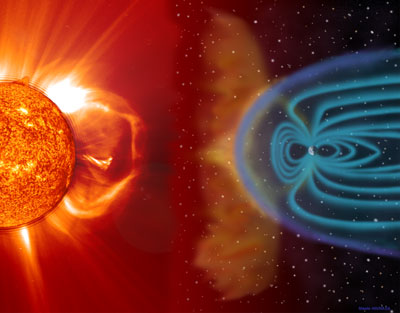[Source: Inside GNSS]
The Defense Advanced Research Projects Agency (DARPA) has launched a search for an atomic inertial sensor to measure orientation in GPS-denied environments. The Chip-Scale Combinatorial Atomic Navigator (C-SCAN) initiative seeks to create a sensor that integrates small size, low power consumption, high resolution of motion detection, and a fast startup time into a single package.
“When GPS is not available, gyroscopes provide orientation, accelerometers provide position, and oscillators provide timing. The new C-SCAN effort focuses on replacing bulky gyroscopes with a new inertial measurement unit (IMU) that is smaller, less expensive due to foundry fabrication and yields better performance.”

